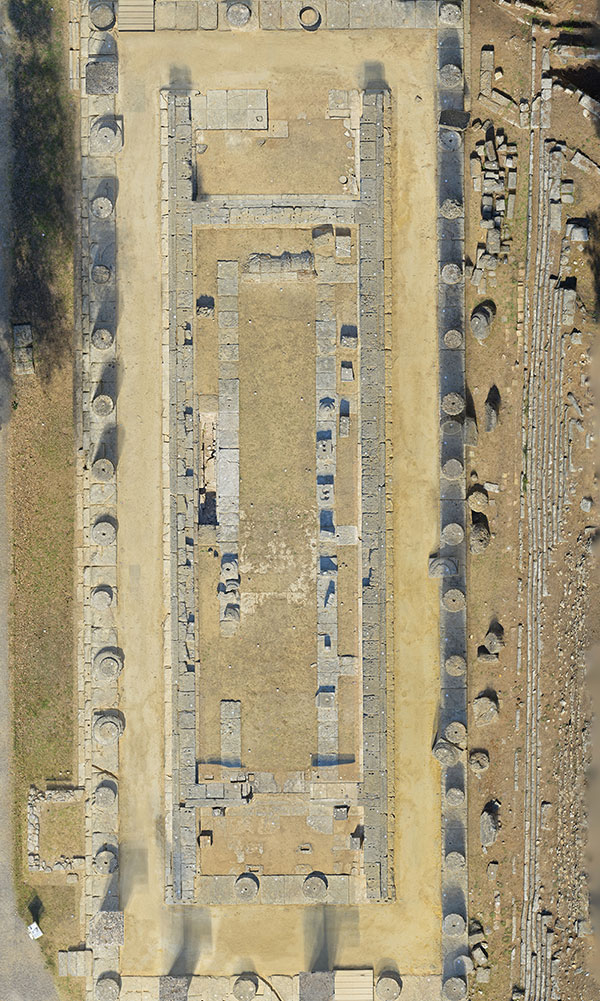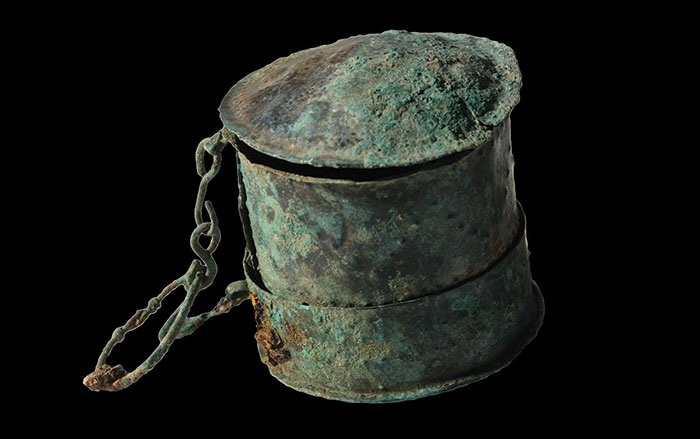
CHIHUAHUA, MEXICO—Western Digs reports that a cave in the Chihuahuan Desert has yielded stone points, textiles, an ear of corn, a squash, the partial skeleton of a young child, large human leg bones that had been tied together, and the remains of a scarlet macaw, all estimated to be about 2,000 years old, based upon a lack of pottery and other artifacts usually associated with farmers and traders. “If we confirm the hypothesis [that this burial dates from] the Late Archaic, we could have a site with information about the transition to agricultural, sedentary communities in the region,” said archaeologist Emiliano Gallaga Murrieta of Mexico’s National Institute of Anthropology and History. The human remains were probably first buried somewhere else, and then moved to the cave for reburial. It is not known if the bones represent relatives, but they were placed near each other and surrounded with baskets, textiles, a bag or dress made of deer hide, and a large sea shell. The bird and seashell are not found locally, and suggest that the trade in exotic goods and wildlife began centuries earlier than had been previously thought. Carbon dating of material from the site is underway. For more, go to “Early Parrots in the Southwest.”











